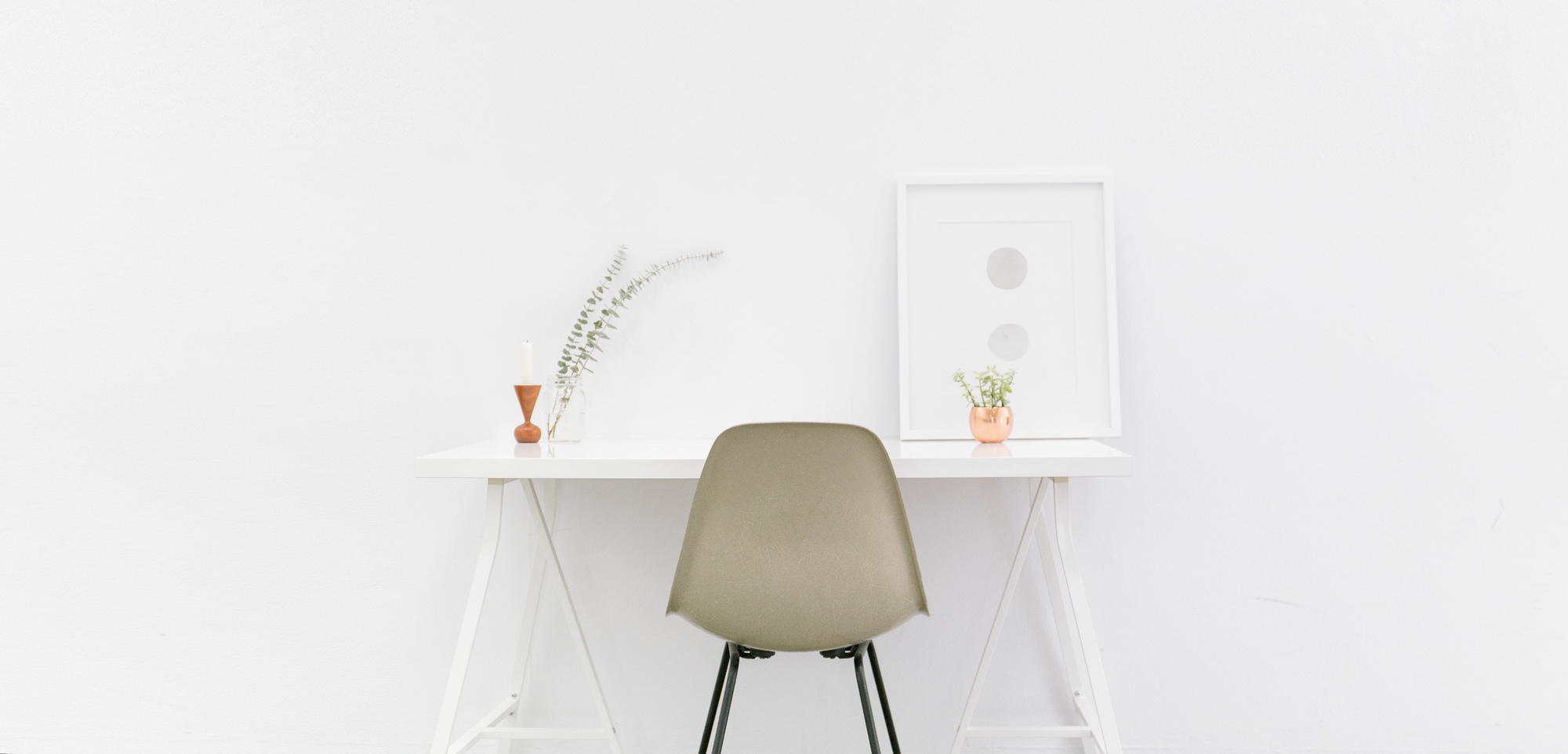How to Downsize and Declutter Your Home: A Comprehensive Guide
In today's fast-paced world, the idea of decluttering and downsizing your home has gained significant traction.

In today's fast-paced world, the idea of decluttering and downsizing your home has gained significant traction. Beyond the simple act of tidying up, it represents a lifestyle shift towards minimalism and conscious living. In this detailed guide, we will explore the benefits, strategies, and challenges associated with downsizing and decluttering, helping you transform your living space and your life.
The Many Benefits of Downsizing and Decluttering
Simplified Living

The overarching advantage of decluttering and downsizing is achieving simplified living. It's about embracing the concept of "less is more" by eliminating unnecessary possessions and organizing what truly matters. With fewer items to manage, you'll find your daily life becoming more streamlined and efficient.
Reduced Stress and Anxiety
A cluttered environment can contribute to heightened stress and anxiety levels. The chaos that ensues from a disorganized space can be overwhelming. By decluttering and creating order, you'll significantly reduce these negative emotions, promoting a sense of calm and tranquility within your home.
Financial Freedom
Owning fewer possessions means spending less money on their acquisition, maintenance, and storage. This financial freedom allows you to redirect your resources toward experiences and investments that truly align with your goals and passions.
Getting Started: The Key Steps
Set Clear Goals
Begin your downsizing and decluttering journey by setting clear and achievable goals. Ask yourself what you aim to accomplish through this process. Whether you're preparing for a move, seeking a more minimalist lifestyle, or simply yearning for a neater home, having defined objectives will guide your efforts effectively.
Start Small
The idea of decluttering an entire home can be overwhelming. Therefore, it's advisable to start with a small, manageable area like a closet or a single room. This allows you to experience the benefits of decluttering firsthand, serving as motivation to tackle larger spaces later.
Categorize Your Belongings
Sorting your possessions into categories is a fundamental step. Create categories such as "keep," "donate," "sell," and "discard." Be honest and discerning during this process, considering the true value and utility of each item.
The Decluttering Process: Practical Strategies
Keep What Sparks Joy
Marie Kondo's philosophy encourages keeping items that "spark joy." This means holding onto possessions that bring you happiness or serve a practical purpose in your life. If an item doesn't align with these criteria, consider letting it go.
Embrace Minimalism and Mindfulness
To declutter effectively, adopt a minimalist mindset and practice mindfulness. Embrace the concept of minimalism by valuing quality over quantity and focusing on the essentials. Be present and deliberate as you make decisions about what stays and what departs.
Address Sentimental Items Thoughtfully
Sentimental items can pose a unique challenge during decluttering. While it's essential to preserve the memories associated with such possessions, consider whether they serve a practical role in your life. Keep only those items that truly hold deep sentimental value, and explore alternatives like photographs or letters to preserve the memories attached to others.
Practical Downsizing Strategies
Extend Decluttering to the Digital Realm
In today's digital age, clutter extends beyond physical possessions. Organize and declutter your digital life by sorting through files, emails, and photos. Delete what's no longer relevant and organize the rest into a coherent system.
Optimize Furniture and Space
Optimizing your living space involves selecting multifunctional furniture and effective storage solutions. This not only maximizes your space but also enhances the overall aesthetic of your home.
Establish a Maintenance System
Maintaining a clutter-free home requires a system. Regularly assess your belongings and make conscious decisions about new additions. This ongoing practice ensures that clutter doesn't creep back into your life.
Navigating Challenges
Handling Emotional Attachment
It's common to develop emotional attachments to possessions, making it challenging to let go. During such moments, remind yourself of the benefits of downsizing and the liberation it offers. Acknowledge that memories reside within you, not within the items themselves.
Involving Loved Ones
If you're downsizing a family home, involve your loved ones in the process. Share stories and memories associated with items, allowing family members to participate in decisions about their fate. This collaborative approach fosters understanding and eases the emotional burden.
Sustainable Disposal
Dispose of unwanted items responsibly. Donate usable goods to charity, recycle whenever possible, and minimize waste. By adopting sustainable disposal practices, you contribute to a healthier planet.
Embracing a New Beginning
View It as a Fresh Start
Downsizing and decluttering signify a fresh start, a chance to curate your living environment intentionally. Embrace this opportunity to create a space that aligns with your present needs and future aspirations.
Embrace Personal Growth
The downsizing journey often leads to personal growth. It encourages mindfulness, hones decision-making skills, and fosters a deeper appreciation for the things that genuinely matter in life. Embrace this transformative process and the personal growth it offers.
Conclusion
Downsizing and decluttering your home isn't just about tidying up—it's a lifestyle shift that can bring immense benefits to your life. By setting clear goals, embracing minimalism, navigating challenges with mindfulness, and adopting practical strategies, you can create a clutter-free living space that nurtures peace, contentment, and personal growth.